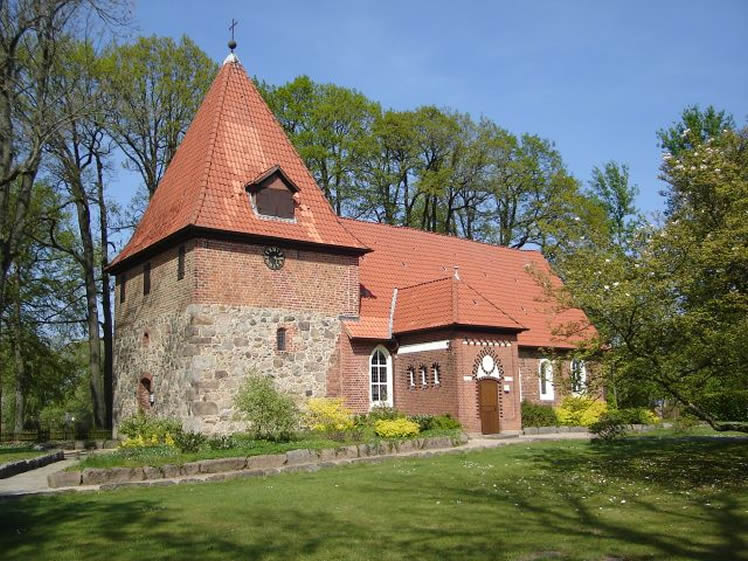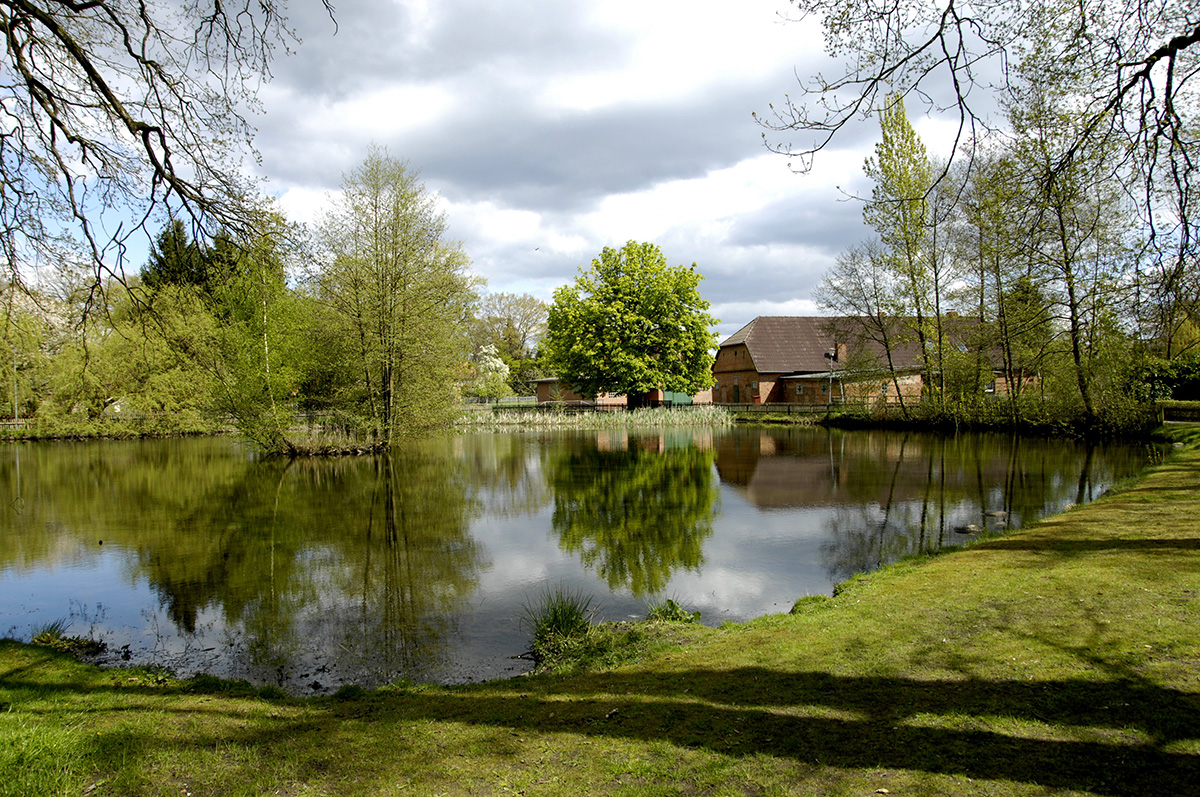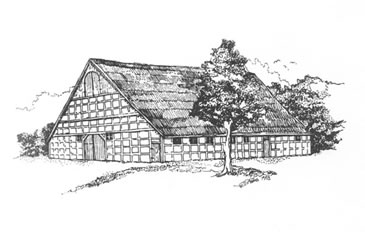 Chris Korte's New Zealand Genealogy Project
Chris Korte's New Zealand Genealogy Project
Sprakensehl, Germany
About page
This page has information about Sprakensehl village in Germany. It was the home of some of the early settlers in Nelson, New Zealand, including my great-grandfather Christopher Korte (1848-1905).
If you can provide additional information, or corrections, please contact (see Info menu).
Sprakensehl
Sprakensehl village was in the Duchy of Lüneburg and Kingdom of Hanover prior to 1866 when Christopher Korte left for New Zealand. In 1866, Lüneburg was annexed by Prussia following the Austro-Prussian War, and became part of the Prussian province of Hanover.
Sprakensehl is now in the state of Lower Saxony (Niedersachsen) in the Federal Republic of Germany. The map below shows the location of Sprakensehl. The village is surrounded by a mixture of forest and farmland, and in 2015 had a population of 462. The village has a church, primary school and kindergarten.

 |  |
| Sprakensehl Lutheran Church | Pond in Sprakensehl village |
19th Century Sprakensehl
In August of 1884 Pastor J. W. C. Heine (originally sent by the North German Mission Society to New Zealand in 1843) recorded the recollections of his earlier life in Germany for his family, and future generations. His description of rural Germany was typical of the background of many of the German migrants to Nelson in New Zealand. The account and drawing below were published in The Road to Sarau : from Germany to Upper Moutere by Jenny Briars and Jenny Leith 1993.
Heine's father's village was Sprakensehl near the slow flowing streams of Ilse and Aller. He described how in winter and spring the fields along the streams were mostly under water. To the east of Sprakensehl 'there is a beech and birch forest (wald) about an hour long and broad ... ' Sprakensehl had nine farmhouses arranged in a circle with the sheep stalls and other farm buildings to the outside. A large pond which did not dry out in summer provided water for village washing and animals, but household water came from wells.
Houses were largely built of clay and whitewashed with lime for protection. The roofs were well-thatched and the dwellings generally had only one entrance door, sometimes with another smaller door above giving access to a loft for the storage of corn and other grains. Heine in his recollections wrote of his uncle's home. Inside was the entrance hall (Diele):
' ... to the left there was a cow stall for two cows; above this were the roosts for the fowls. Next to the cowshed ... two small bedrooms. Then there was the built-in fireplace ... [with] no chimney ... smoke went up to where much bacon and sausages were hung ... the hall had a hard clay floor; the bedrooms and sitting room had board floors.'
As the animals needed winter stabling and protection, they shared a building with the family, but quarters would have been separated by a door, or in some cases would have been on another level.
Life was at subsistence level for peasant families - firewood was cut in the collective wald, bilberries and cranberries were gathered. Farmers grew hay, potatoes, buckwheat, rye and oats and grazed a few cows and pigs. The children were able to earn a little money picking up stones (later used in road making) from the fields. Men might be employed as cowherds or as night watchmen to chase deer from the corn. For some, the use of land and a house would be part-payment for their employment. Others would be housed in the home of a land owning farmer. Free time in the winter months was filled with learning from books, or in knitting stockings. Many of the women would spin wool and flax, to supply their own households and to sell.
In summer months school was held only on two afternoons a week, and during the harvest not at all, so that the children might assist with the tasks of the season.
The arable land of Sprakensehl was in eight large paddocks fanning out from the village. At any one time five of these would be cultivated and the other three fallow. Each of these paddocks was divided into about 100 long strips - each farmer having six or seven different blocks in different locations, thus giving a range of soil, and hopefully protection from the ravages of hail should it strike. There were no fences, but low earth walls divided the land from that of the neighbouring village. Each farmer also had a little grazing land where he kept his sheep.

A typical North German half-timbered cob farm house similar to Heine's description of his Uncle's home. Wagons and animals were taken through the large double doors, which led into the hall (Diele). Stabling for cattle and oxen was to the right of the hall, which was also used for threshing grain. Living quarters were to the rear of the building. Sketch drawn by Rita Virtama. 1993.
Page last updated on 28 July 2018.







